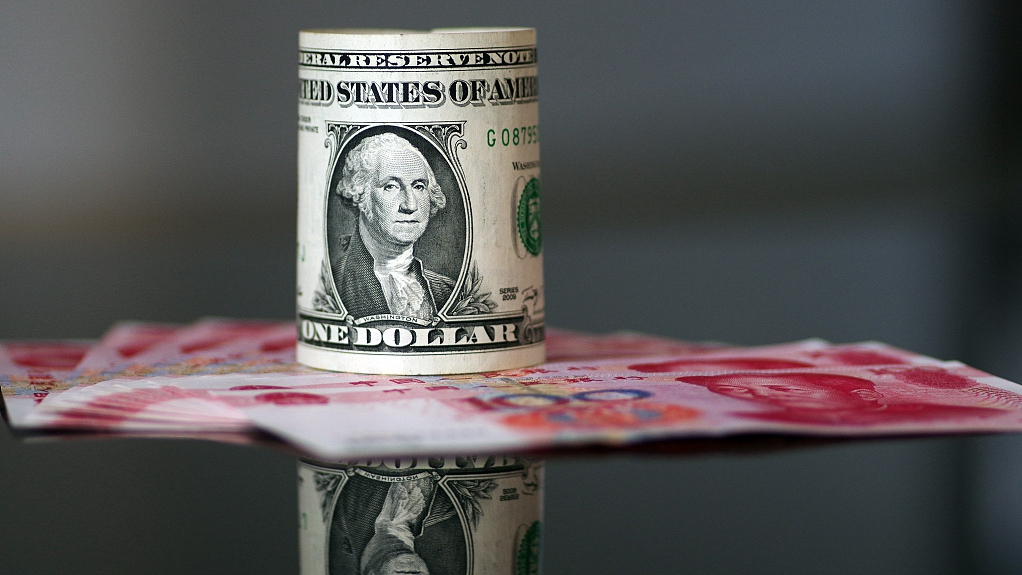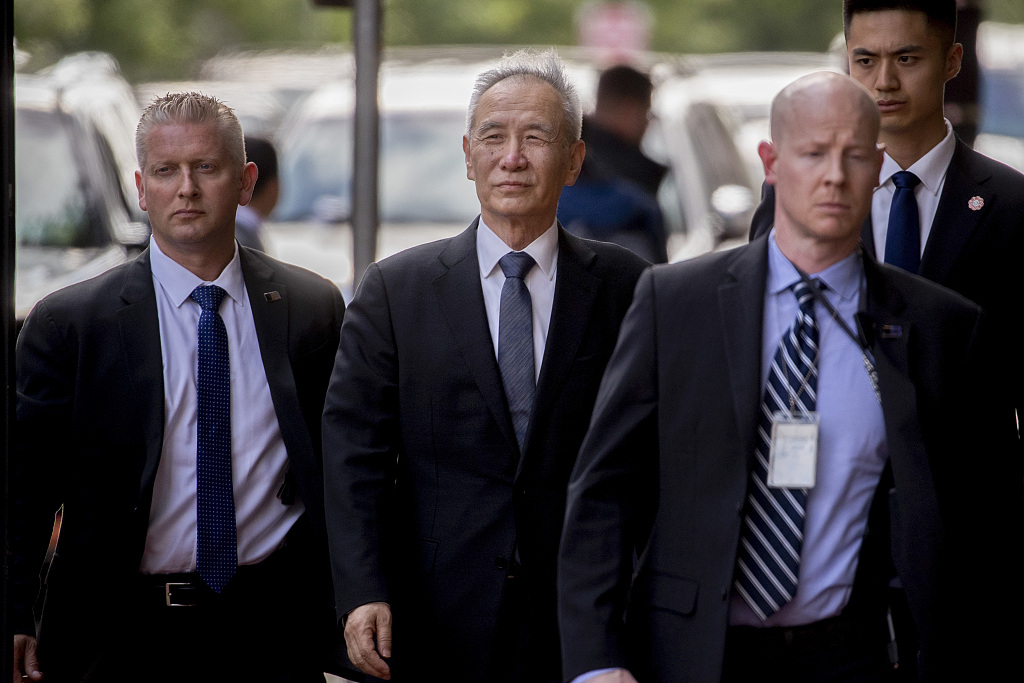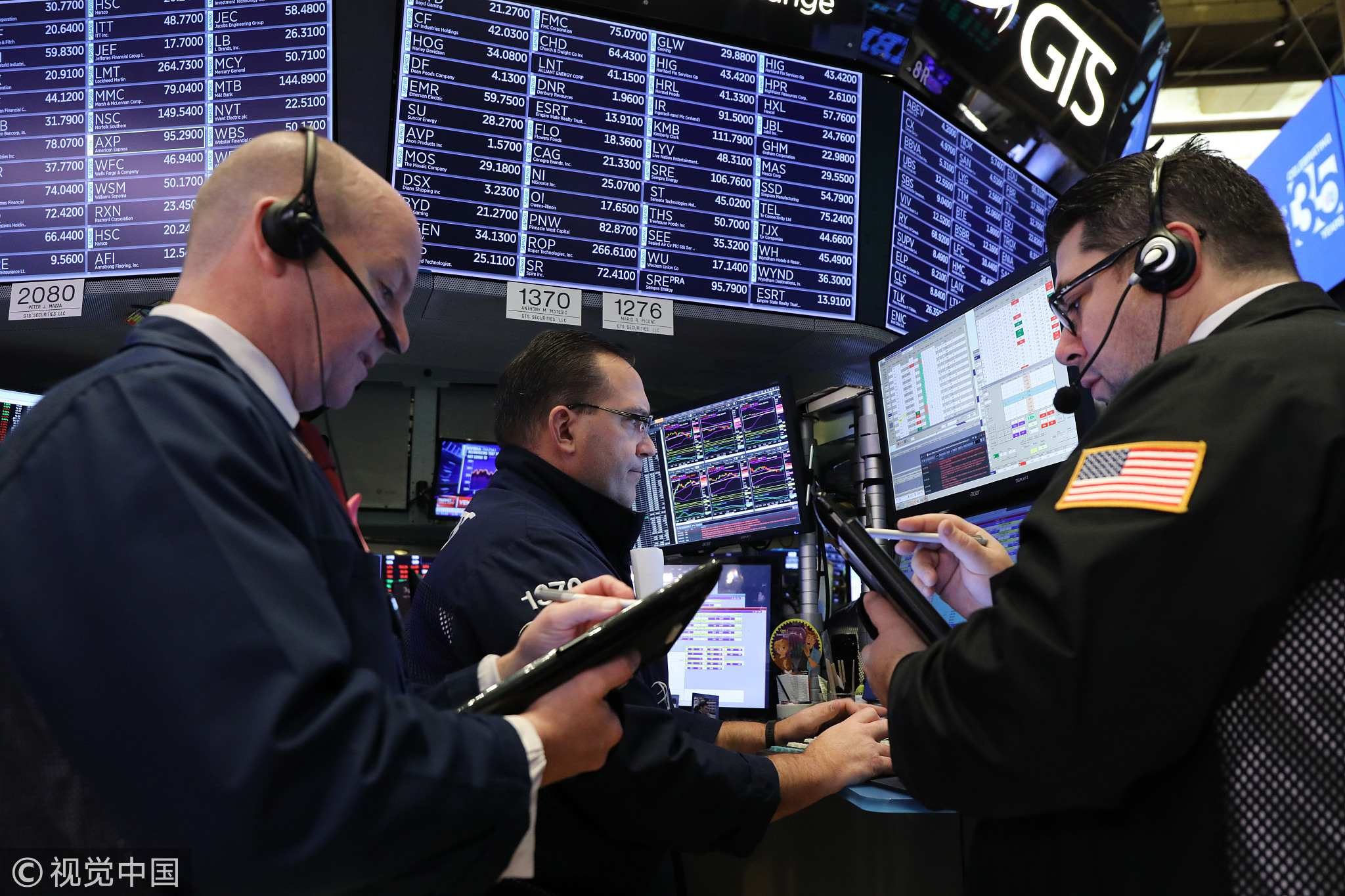
Opinion
09:05, 11-May-2019
Trump's tariff gamble
Tom Fowdy

Editor's note: Tom Fowdy is a British political and international relations analyst and a graduate of Durham and Oxford universities. He writes on topics pertaining to China, the DPRK, the UK and the U.S. The article reflects the author's opinion, and not necessarily the views of CGTN.
As Friday 12 a.m. passed in the U.S., outstanding tariffs placed on imports from China increased from 10 percent to 25 percent as announced by U.S. President Donald Trump days prior. The move came amid the visit of a trade delegation to Washington led by Chinese Vice Premier Liu He, who was unable to secure a breakthrough in the subsequent negotiations on Thursday evening.
In raising tariffs, Trump abruptly dismissed reports that a deal was close and moved to accuse Beijing of "backtracking" on commitments that had already been agreed to, threatening to extend the duties to all of the remaining 300 billion U.S. dollars' worth of goods which America imports from the country. China responded by stating that it would impose its own countermeasures upon the U.S., but gave no inclination yet as to what they would be.
This begs the question, what happens now? The weeks ahead will be certainly a test of both sides' resolve. Whilst the Trump administration is open to a deal, nevertheless its negotiating pattern is hindered by a mindset which believes that such an agreement should be one-sided to American terms, depicted in a "win vs. lose" paradigm, than advocating any kind of middle ground.
Motivated by this, Trump clearly found new confidence to push harder. But it might not pay off. Whilst China is also open to an agreement, it cannot be expected to discard all its own interests to cave to Washington's demands, risking a process that may drag on. However, as the clear self-harm which it inflicts upon the U.S. economy materializes, Trump might not come out as the winner.

Chinese Vice Premier Liu He (C) arrives at the Office of the U.S. Trade Representative in Washington, U.S., May 9, 2019. /VCG Photo
Chinese Vice Premier Liu He (C) arrives at the Office of the U.S. Trade Representative in Washington, U.S., May 9, 2019. /VCG Photo
A week ago we were reading reports that the U.S. and China were close to a deal. Some of the more pragmatic members of the Trump administration, such as U.S. Treasury Secretary Steven Mnuchin, publicly expressed this sentiment too. Suddenly, in an abrupt tweet, Trump announced tariff increases on Beijing, moving fast to set out a narrative that Beijing had somehow backtracked on a deal which hadn't been even finalized yet.
This, of course, should not be taken at face value. However, as pointed out it is typical of Trump's personal negotiation style, with the President seemingly expressing confidence in an upcoming deal and then randomly pulling out and intensifying his demands.
Such has become the chief characteristic of Trump's "America first" diplomacy. The philosophy really does mean in policy practice "America first" and "everybody else last." Trump wants every deal and agreement to go how completely the U.S. desires it, with no room for compromise and pragmatism. Unilateral force and coercion are subsequently wielded in an effort to push countries, even allies, to accepting Washington's will.
Any deals should ultimately serve America's interests only, and not the other way round. This dictum has dictated the administration's foreign policy approaches to China, the Democratic People's Republic of Korea (DPRK), Iran, Europe and other countries in the Americas.

Traders work at the New York Stock Exchange in New York City, January 3, 2019. /VCG Photo
Traders work at the New York Stock Exchange in New York City, January 3, 2019. /VCG Photo
As a result, recent events likely gave the administration confidence that it could force additional concessions out of Beijing in line with what Trump wanted, making fewer compromises in the process. Recent positive U.S. data likely contributed to this, as well as the longevity of bipartisan support for tougher policies on China.
Whilst Trump does indeed want to secure a deal so he can claim a political "win," the state of U.S. politics is rendered that a "no deal is better than a bad deal" with the White House potentially receiving criticism from other Republicans and even Democrats for any apparent negation of broader U.S. strategic interests in the process of negotiations. It is worth noting that as soon as Trump announced the tariff increases, Senate minority leader Chuck Schumer immediately declared his support, thus Trump felt emboldened.
But just how far can he go with this? Those who claim that raising tariffs so harshly will not hurt the U.S. economy are being dishonest. When Trump claims the tariffs are allowing the U.S. to "make money" out of China, that is also a mistruth. Given this, there is still evidence to suggest that he would not want the war to drag out. In his calculation, such tariffs should be a short-term measure to force China "over his line" and agree to what he wants.
But this too carries risks, as whilst Beijing is open to making a deal and stabilizing its relationship with the U.S., it is not going to completely capitulate or disregard all of its interests in the process of doing so. Such a deal should be fair, reciprocal and in the interests of both countries to move forward. Thus, a tense time is ahead. Trump, driven by his philosophy of abrasive and uncompromising unilateralism, has felt empowered and took a gamble. If it doesn't pay off, then it might not work in his favor in the long run.
(If you want to contribute and have specific expertise, please contact us at opinions@cgtn.com.)

SITEMAP
Copyright © 2018 CGTN. Beijing ICP prepared NO.16065310-3
Copyright © 2018 CGTN. Beijing ICP prepared NO.16065310-3